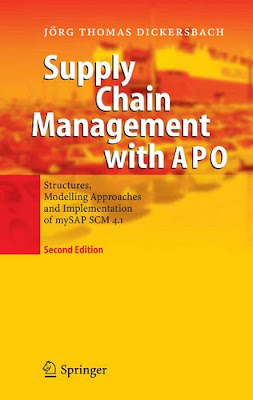'Beginnings of Learning'
By J. Krishnamurti
Phoenix paperback
This is Krishnamurti’s second book which I finished reading now. And what a wonderful book this is. Krishnamurti was an outstanding philosopher and thinker. He founded many schools in India, the USA and Brockwood Park in Hampshire, UK. This book documents his conversations with some of the students, teachers and parents at these schools (major one is Brockwood Park). The conversations ranged from anything to everything. The goal is to find how to help students/children meet the educational demands of the society without conforming to society’s conventional values. The focus should be on self-awareness, self-learning, avoiding prejudices, learning difference between affection and sentiment, being peaceful and non-violent in true sense, not conforming to other’s values, and acquiring spirit of cooperation.
The book is in the form of conversations. A student or questioner asks something and then Krishnamurti replies, explains and takes the questioners along with him. The QnAs are very valid for even today’s times; perhaps more valid today to the wider audience.
Here I have typewritten and reproduced some interesting paragraphs from the same book:
“Have you thought about violence? What is involved in violence, how does it arise, what is the structure of violence? There is physical violence and there is the violence of obedience – are you obeying and therefore being violent? Do you understand what I mean? Where I obey you and suppress what I think, that suppression will burst out one day. So there is physical violence and violence brought about through obedience, the violence of competitiveness, of conformity. When I confirm to a patter I am violent – you see the connection? When I live a life of fragmentation – that is, when I think one thing and say another, do another – that is fragmentation and that also breeds violence. I may be very quiet, gentle, do all the work I am asked to do, but I flare up: which indicates there has been suppression in me. So violence is not just physical violence, it is a very complex question. And if you haven’t thought about it, when you are faced with violence you will react most unintelligently.” (P191-192)
“A young man with a sensitive face and hands said, “I am one of those who take drugs. I have taken them regularly for hour or five years; not much; probably every month or so. I am well aware what it is doing to me. I am not quite as sharp as I was. When I am high I think I can do anything. I seem to have tremendous energy and there is no confusion. I see things sharply. I feel like a god on earth, perfect, without any problems, without any regrets. But I can’t maintain that state all the time and I am back on this mad earth. Now I need a stronger dose and where it is leading me I really don’t know. I am uneasy about it now. I can see myself gradually ending up in a mental hospital, and yet the pull of the other state is so strong that I seem to have no resistance. I experienced with it in the beginning because the others did. It was fun in the then, but now it has become a danger. You see how clearly I can explain all this? But yet there is part of me that has become slow, lethargic and ineffectual.” (P244)
“The idealist who is also a revolutionary, though he may talk convincingly about freedom, inevitably will bring about a dictatorship of the few or of the many. He will also create a personal cult and destroy totally every form of freedom. You may have observed this in the French and Russian revolutions. Your ideal which may come out of the ashes of the present structure will only be speculative Utopia – call it what you like – you want to build a new society. This is what all the physical revolutionaries have done. They start off with equality, social justice, the withering of the state and so on, and end up with tyrannical bureaucracy, insistence on conformity and the exercise of authority in the name of the state. Surely this is not what you want.” (P247)
“Knowing that you may be hurt, how ill you prevent this hurt taking place? If somebody tells you that you are not clever or beautiful, you get hurt, or angry, which is another form of resistance. Now what can you do? You saw very clearly how the past hurts go away without any effort; you saw because you listened and gave your attention. Now when someone says something unpleasant to you, be attentive; listen very carefully. Attention will prevent the mark of hurt.” (P256)
It was an interesting and exhaustive read. I recommend this book for all who are interested in learning.
- Rahul












